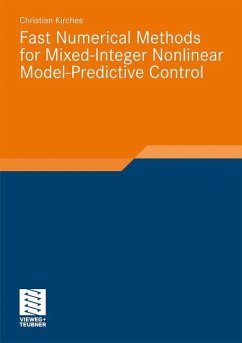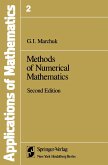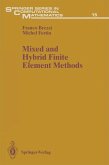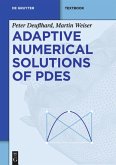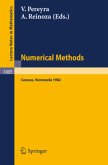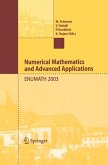Current industrial practice knows many optimization tasks that can be cast as mixed-integer optimal control problems. Due to the combinatorial character of these problems, the computation of optimal solutions under real-time constraints is still a demanding challenge.
Starting with Bock's direct multiple shooting method for optimal control, Christian Kirches develops a fast numerical algorithm of wide applicability that efficiently solves mixed-integer nonlinear optimal control problems. He uses convexification and relaxation techniques to obtain computationally tractable reformulations for which feasibility and optimality certificates can be given even after discretization and rounding. In a sequential quadratic programming framework, extensive exploitation of arising structures in an active set method ultimately brings the developed algorithm towards real-time feasibility.
Starting with Bock's direct multiple shooting method for optimal control, Christian Kirches develops a fast numerical algorithm of wide applicability that efficiently solves mixed-integer nonlinear optimal control problems. He uses convexification and relaxation techniques to obtain computationally tractable reformulations for which feasibility and optimality certificates can be given even after discretization and rounding. In a sequential quadratic programming framework, extensive exploitation of arising structures in an active set method ultimately brings the developed algorithm towards real-time feasibility.
From the book reviews:
"The book under review gives a useful introduction and presents valuable new contributions in this topic. ... The material is very clearly written and certain parts ... may well support graduate education. The targeted audience of the book is applied mathematicians and engineers." (Gábor Szederkényi, Mathematical Reviews, January, 2015)
"The book under review gives a useful introduction and presents valuable new contributions in this topic. ... The material is very clearly written and certain parts ... may well support graduate education. The targeted audience of the book is applied mathematicians and engineers." (Gábor Szederkényi, Mathematical Reviews, January, 2015)

